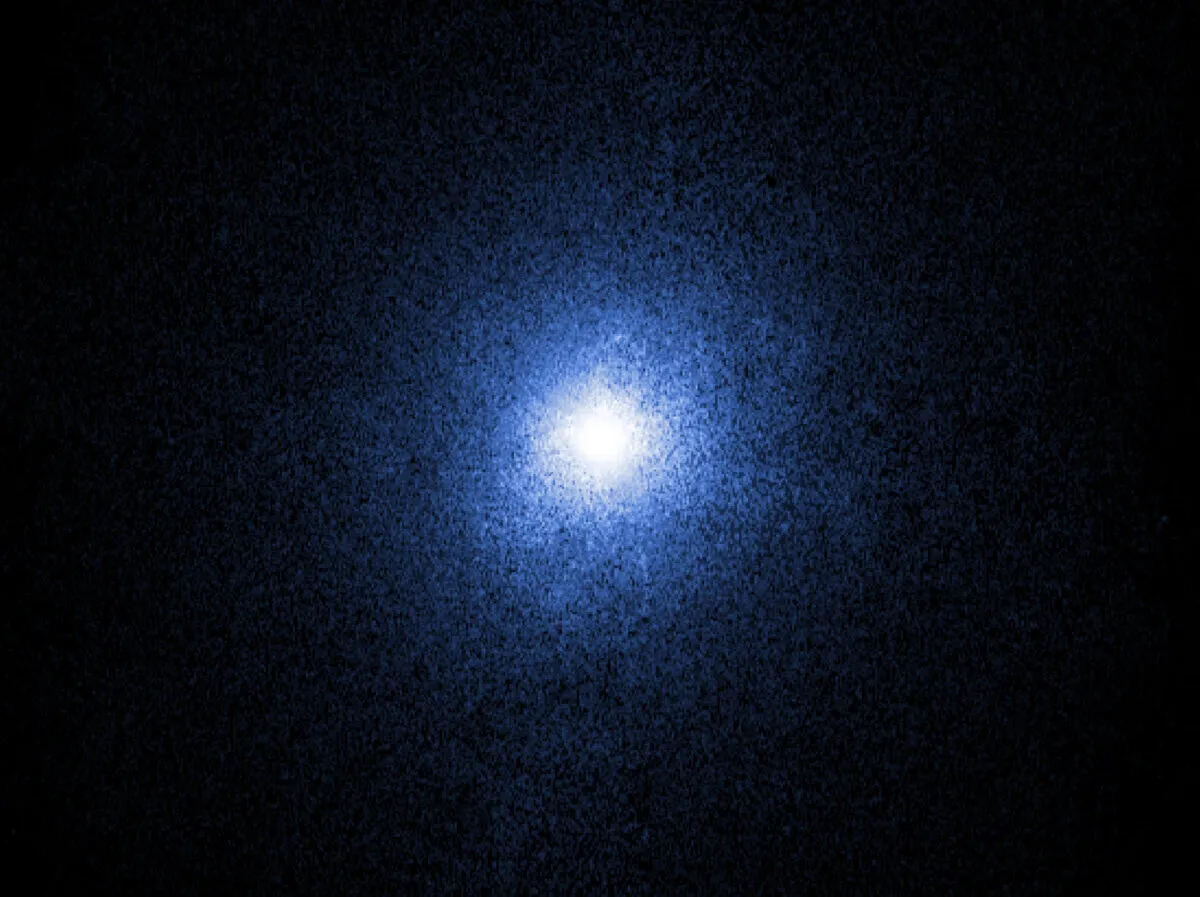Star Eta Cygni can be used as a stepping stone to locating the position of a black hole.
It's in Cygnus, the Swan, which is associated with the Northern Hemisphere’s summer night sky.
Cygnus's main shape is a cruciform pattern known as the Northern Cross.
Roughly halfway down its southern section, between Albireo (Beta (β) Cygni) and Sadr (Gamma (γ) Cygni), sits Eta (η) Cygni.
Eta Cygni key facts

Star Eta Cygni is a mag. +3.9 orange giant star of spectral type K0 III. Eta is 139 lightyears from the Sun and surrounded by a group of fainter stars: Eta B, C, D and E.
The proper motions of C, D and E don’t align with Eta, so these 11th, 10th- and 12th-magnitude (respectively) stars are line-of-sight companions.
12th-magnitude Eta B, separated from Eta by 7.8 arcseconds, looks like a true companion.
Eta is about 10 times larger than our Sun and 60 times more luminous.
It’s what’s known as a ‘red clump’ star, hotter than a regular red giant and undergoing helium fusion in its core.
Using Eta Cygni to find a black hole

Eta Cygni is the navigational gateway to the mag. +8.8 star HD 226868, the visual companion of the first suspected candidate for a black hole: Cygnus X-1.
Cygnus X-1 is regarded as the first black hole to be discovered. The discovery was made by Paul Murdin and Louise Webster in 1971.
HD 226868, an easy-to-see blue supergiant star of spectral type O9.7 Iab, marks the location of a bright X-ray source.
On their own, blue supergiants are not strong X-ray emitters unless they’re in a gravitational relationship with another object.
In this case, no visual component could be found, leaving HD 226868 in orbit around something invisible, a perfect candidate for a black hole.
If you manage to locate the source, let us know by emailing contactus@skyatnightmagazine.com

